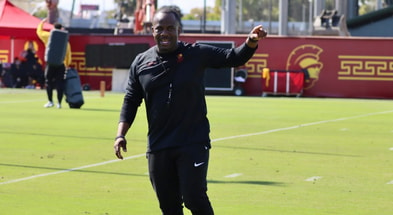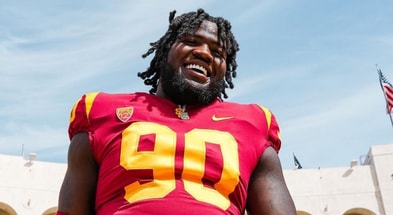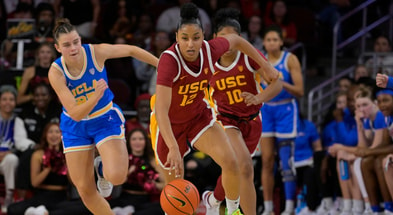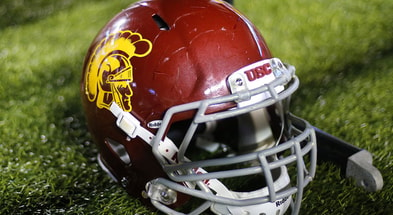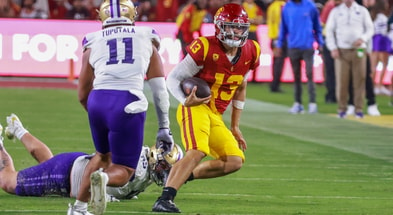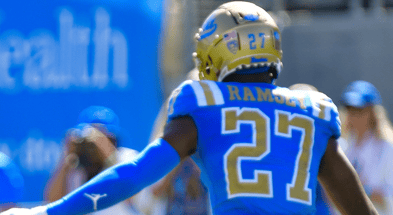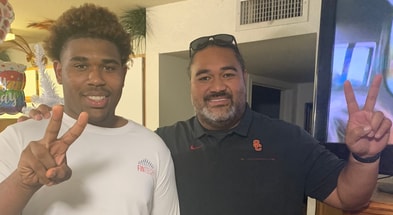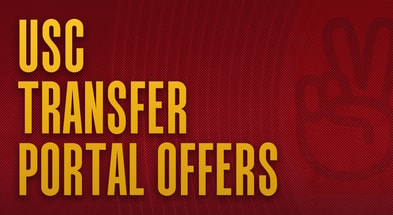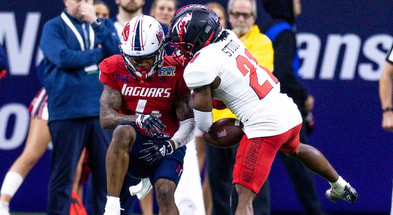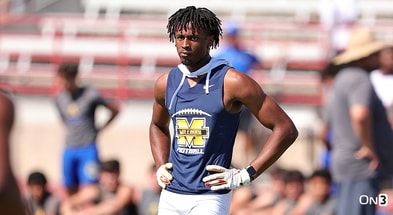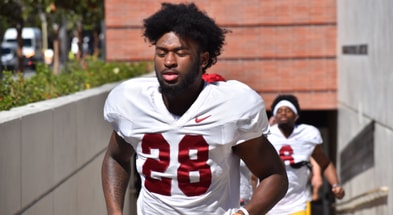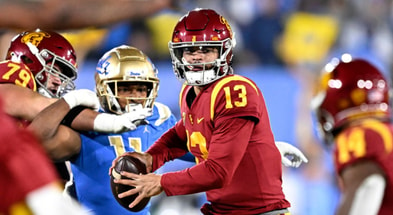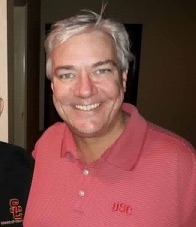O/NSO: The Mystery of the Great Post-Spring Depth Chart edition
The Obvious: In most cases, when a college football team concludes its allotted 15 days of spring practice, a final depth chart is released through the media, naming a two or three-deep player ranking order.
The Not So Obvious: However, in the case of the University of Southern California football program, head coach Clay Helton decided that his team’s final spring depth chart would be handled “internally,” which means it would only be made available to his team and not for public or media consumption. This somewhat rare occurrence begs the question: Why? Is this cloak and dagger stuff? Should lights be dimmed? Is this hush-hush information? Is a subpoena necessary? Seriously, the coach certainly has the right to release his depth chart internally, publicly, or not at all. To the best of the O/NSO’s knowledge, no reason was given to why the final spring depth chart was not released to the media. Perhaps to undercover the answer, maybe one needs the help of the world’s greatest detective, Sherlock Holmes (photo above), to solve the case of "The Mystery of the 2019 Final Spring Depth Chart."

The Obvious: During Clay Helton’s final spring practice media interaction last Saturday, Gentleman Clay made light of a question by the O/NSO regarding whether the media would be given a final spring depth chart, although the coach said the players would be made aware of a final unit personnel pecking order.
The Not So Obvious: For the record, the friendly exchange between the questioner (the O/NSO) and the response from the coach was as follows: Regarding the post-spring practice depth chart that only the players will see or be advised, the O/NSO, obviously referring to a final spring depth chart, asked, “Will the depth chart be made available to the media?” Smiling with a jovial response but referring to the regular season, Helton said, “No, Friday before the (first) game, not next week (following spring practice). That’s a good one. That was a good try. Friday before the game.” No offense taken, but the release of a final spring depth chart could trust and verify what the coaches had seen and what the media had seen. Naturally, there might be some disagreement here-and-there because they see film and the media doesn’t. Maybe that’s why a final spring depth chart wasn’t released due to media scrutiny.
The Obvious: The privacy of the USC post-spring internal depth chart was breached when junior quarterback Matt Fink announced publicly on Wednesday that he would be entering the NCAA Transfer Portal.
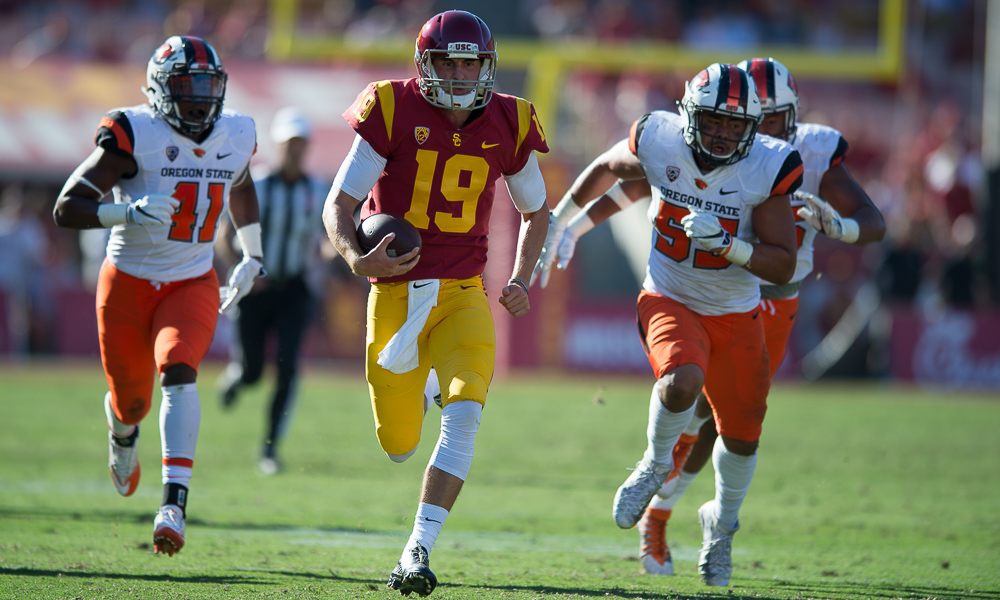
The Not So Obvious: Well, one way to counter an “internal” depth chart is for “internal” players to come out of the football isolation locker room and announce publicly that they are strongly looking to leave Troy by entering the NCAA Transfer Portal. Like politics, trying to keep depth chart information from the sports public is very difficult to do, and Matt Fink took it upon himself to rise above the clandestine depth chart issue and simply put it out there. Although Fink said he might return to the Howard Jones/Brian Kennedy practice fields, it seems highly unlikely he’ll be back for 2019 wearing cardinal and gold. With the backdrop of not releasing a public spring depth chart, Fink - who exclusively gave his transfer portal reasons to ESPN - for now has opened the door for perhaps other teammates to follow his lead by going public, which brings up the whole question of what’s the point of keeping the post-spring depth chart quiet if the players are going to react in the way Fink reacted?
The Obvious: Although the media does not have access to each day’s after practice film evaluation, there are a sufficient number of scribes that do have strong athletic backgrounds in either playing or coaching that enables them to make an informed evaluation on what they see in practice.
The Not So Obvious: Speaking for the media in attendance during spring ball and the regular season, we truly appreciate Clay Helton’s open-door policy of being at practice, and we respect his rules. In making practice and personnel evaluations, a critical question can be addressed: Are today’s journalists covering the Trojans qualified to make personnel evaluations? Unlike the perception of years ago when sportswriters were considered nerds or wannabe athletes, many in today’s media covering the Men of Troy are former USC players and/or former college coaches. WeAreSC.com staff writers Darrell Rideaux and Kevin Bruce are former Trojan players of note. Rideaux is a former starting Trojans DB under Pete Carroll, and Bruce is a former co-captain and All-Conference inside linebacker for John McKay’s 1974 national champions. And then there’s relatively new WeAreSC staff writer Chris Arledge, who played small college football as a DB and was an all-conference performer. There’s a heckeva lot of street cred there.

Also consider late WeAreSC publisher Garry Paskwietz who played football at North Hollywood High, the O/NSO who was heavily involved for a number of years with perennial prep football powerhouse Huntington Beach (Calif.) Edison (2 CIF-SS back-to-back titles at the time) and has been writing for WeAreSC since 2001 – not to mention having covered the Trojans for ESPN.com for a number of seasons. Newly appointed WeAreSC publisher Erik McKinney also wrote for ESPN.com, covering West Coast recruiting and attending major recruiting camps along the way. As a WeAreSC group, we know what we are seeing in football technique, production, and evaluation - even with the limited Howard Jones/Brian Kennedy practice field vantage points we have at our disposal.
The point of the above is that when a depth chart comes out, in most cases it matches with what we’ve seen. Of course, there are always exceptions, but we’re usually spot-on in confirming Helton’s depth chart. A major exception? Some seasons ago, the media, including WeAreSC, knew that former QB Sam Darnold was the much better quarterback when he was competing in practice against veteran Max Browne, but most of us understood that Max had earned the opportunity to at least get a chance to show what he could do in a game(s). Hindsight is 20/20, but much of the media uneasily supported Helton at that time. Did it cost the Trojans a shot at a national championship shot? Maybe or maybe not. Most of us understood Helton’s dilemma, and it was a dilemma. It’s still even debated today, but now it’s all hypothetical.
The Obvious: Why would Clay Helton be opposed to releasing a post-spring depth chart unlike his predecessors going all the way back to John McKay?
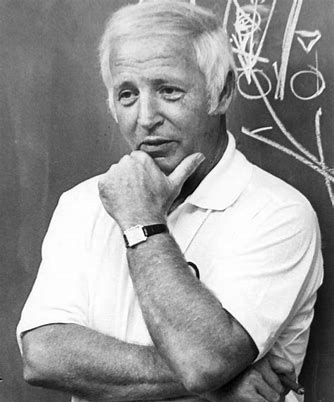
The Not So Obvious: In defense of Helton, McKay didn’t have to deal with the new NCAA Transfer Portal and players willingness to easily look for the proverbial “grass is greener on the other side of the hill.” Aside from the current significant number of transfer Trojans during the Helton head coaching era, the NCAA Transfer Portal seems to be making transfers almost immediately eligible at their new playing destination, so a released final spring depth chart Trojans’ depth chart could conceivably motivate disgruntled players to enter the NCAA Transfer Portal ASAP. On a side note, the NCAA Transfer Portal may turn out to be one of the worst legislations in recent memory. You can imagine how a transfer exodus could affect a team’s roster, depth, and recruiting heading into summer training camp. It’s a potential massive mess to say the least.
The Obvious: By his own admission, Clay Helton would say that there’s no comparison between himself and the legendary John McKay.
The Not So Obvious: During McKay’s time, if a player did not like his spot on the depth chart and wanted to transfer, the Silver Fox couldn’t show him the door fast enough. Then again, McKay had so much success that a player transferring out of USC could be interpreted as either not talented enough to play at that high level or was just plain uncoachable, which could affect his NFL draft status. Even a player during the Pete Carroll era wouldn’t have wanted to transfer so quickly because more questions would be raised about the player than about Carroll and his staff. Helton has no such McKay or Carroll luxury.

Gentleman Clay is in a different era now, and he does not have the credentials of a Pete Carroll to withstand the scrutiny. It’s a tough situation. As things have really tightened around the media’s access to Helton (the coach was only available on Saturdays during spring ball), one wonders if it’s the beginning of circle-the-wagons time, and who knows what fall practice availability will be with Helton or the team for that matter. Is the lack of a final spring depth chart actually the beginning of a semi-media blackout of information for the regular season?
The Obvious: And finally, regardless of position, players of today have all sorts of reasons for considering transferring if things don’t go their depth chart way, certainly a different terrain from decades past. Today, everybody wants to showcase their skills for “The League.”
The Not So Obvious:
Releasing a post-spring practice depth chart is both informative and
problematic, and it appears that Clay
Helton sees problematic as a justification for not publicly releasing his.
Tell Sherlock Holmes the case has
been solved – sort of.
